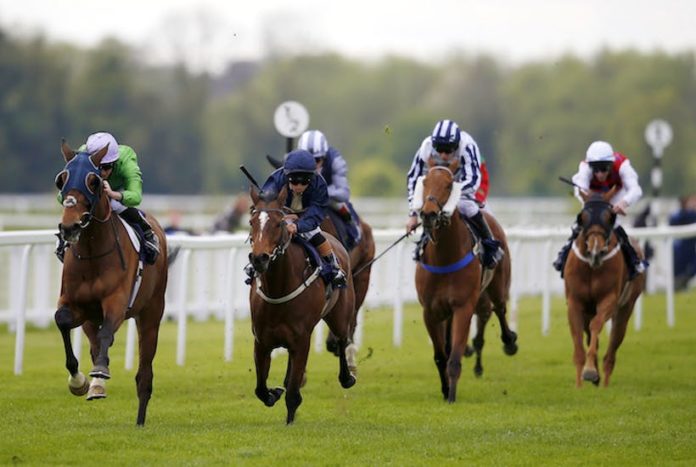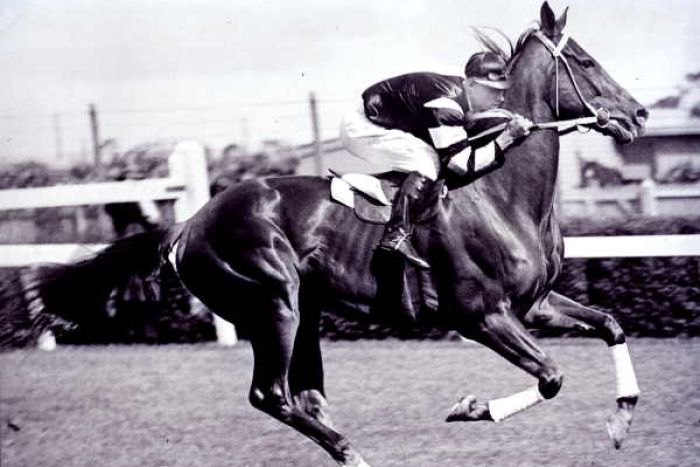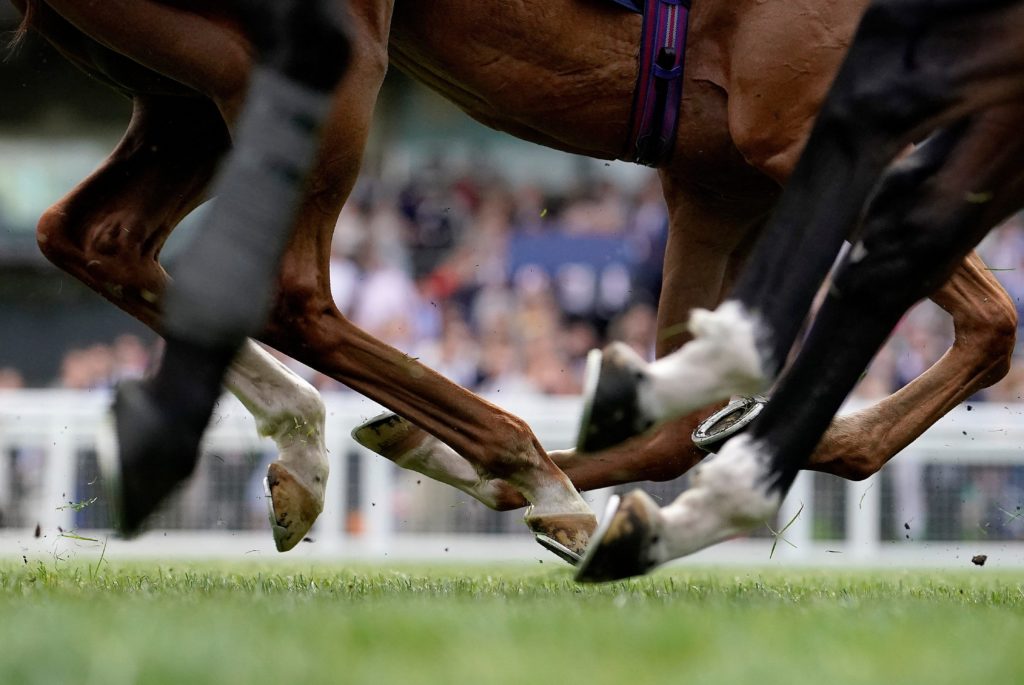
Horseracing is definitely among the most ancient sports in the rich history of humankind. The first horse races took place during the times of the prehistoric nomadic tribes located in Central Asia. These people domesticated the horse species for the first time around 4500 BC. Ever since then, for thousands of years and all over the world, keeping horses and using them in many different areas of everyday life has become a regular occurrence.
With that, horseracing flourished as well, mostly as a sport of kings and the nobility because of the high costs of horses and the required maintenance. In modern times, horseracing persists as an enormous business and entertainment activity for the upper classes, the only difference being the major focus of legal gambling and betting.
In the USA, horseracing is the second most attended spectator sport, right after the always-popular baseball. In the year 1989, exactly 56,194,565 came to watch the 8,004 days of racing, which resulted in a revenue of around $9.14 billion. Except America, other parts of the English speaking world love horseracing too, including Canada, Great Britain, Ireland, Australia, New Zealand, and South Africa. Besides them, Western Europe and South America also enjoy an occasional race and bet.
When it comes to the most popular form of this noble sport, this would be the racing of mounted thoroughbred horses on flat courses at distances that vary from ¾ of a mile to two miles. Some of the other forms include harness racing, steeplechase racing, and quarter horse racing.
History of Horseracing

When humankind started to keep written records of their usual affairs, horseracing was already a heavily organized sport in all of the biggest and most powerful civilizations from Central Asia, all the way to the Mediterranean kingdoms and empires. Chariot and mounted horseraces drew in thousands of spectators at events in the ancient Greek Olympics by 638 BC, while the ancient Romans were crazy about the sport during the whole year.
The origins of horseracing as we know it today starts in the 12th century when the noble English knights returned from the Crusades and brought with them the swift and strong Arab horses. For the next 400 years, there was a constant increase of Arab stallions in England, as people start to breed them specifically for speed and endurance.
Naturally, the nobles wanted to see who has the fastest horse, and they matched their animals in two-horse races and bet on the outcome. Rather quickly, this grew into a favorite pastime activity for them.
During the reign of Queen Anne from 1702 to 1714, horseracing became a professional sport. More horses participated in these races, while more and more spectators wagered on the result. Different racecourses started to pop up around the county, and everyone wanted the best races and courses at their own venue.

Prize money also rose each time, and everything improved each time around. As with all other rapid expansions anywhere, there was a need for a central governing authority, when in 1750 the elite of the sport met at Newmarket and formed the Jockey Club. To this day, they have complete control over all English horseracing.
The Jockey Club introduced a complete set of rules for racing. They ordered all of the racecourses to conduct their meetings and set their affairs in order under those rules. Standards for quality made some of the races the ultimate tests and feats of excellence.
Since the year 1814, there are five races for three-year-old horses that bear the name of “classics.” Three races for male horses, colts, and female horses, fillies make up the English Triple Crown. These include the 2,000 Guineas, the Epsom Derby, and the St. Leger Stakes. Two other races are open only to fillies, the 1,000 Guineas, and the Epsom Oaks.
The Jockey Club also regulated the breeding of racehorses. The family of James Weatherby was accountants to the Jockey Club members, and they traced the complete family history of every horse that raced in England. In 1791, the results of this extensive and impressive research were published as what is now known as the Introduction to the General Stud Book.
Since 1793, members of the Weatherby family have been reordering the pedigrees and added more and more volumes of the General Stud Book. By the early 1800s, the only “thoroughbreds” allowed to race were the descendants of the horses from the Book. They are so inbred that you can trace the pedigree of every animal back to one of three stallions, the “foundation sires.” These were the Byerley Turk (1679), the Darley Arabian, (1700), and the Godolphin Arabian (1724).
Betting

Wagering on the winners and the general outcome of horse races has been an important part of the sport since ancient times. It is simply in the human nature to guess the ending result and to prove how sure they are by backing it up with valuables. The sport has probably survived to the modern days because of this feature. Not many things have stayed so prominent for multiple millennia.
In America, all betting is done under the pari-mutuel wagering system. Pierre Oller, a Frenchman, introduced this system during the late 19th century, where a fixed percentage between 14% and 25% of the total wagered amount is kept for different track expenses, racing purses, and taxes.
The remaining sum is divided by the number of individual wagers, after which the payoff is determined. The projected payoff, which are the popular “odds,” are calculated by computers and posted on the board during the betting period. This period ends before the race starts. For example, the “2-1” odds means, for example, means the bettor will receive $2 for every $1 they bet.
Bettors can wager on any horse to finish first or second (win), or to finish first, second, or third (show). Other popular wagers include the daily double, which is picking the winners of two consecutive races, exactas, picking the first and second horses in the correct order, quinellas, picking the first and second horses without order, and the pick six, which is the hardest and involves picking the winners of six consecutive races.
Handicapping

The “art” of predicting the winners is called handicapping, which involves evaluations of the demonstrated abilities of horses based on the conditions under which they will race. To calculate this, the handicappers examine past performances from the detailed records of the races that came before.
It is possible to learn about the speed of the horse, the ability to win, and if its performances are generally becoming better or worse. The quality of the competition in the race is also crucial, as is the distance and the type of the race. The current state of that surface is another important thing to consider, as it can be fast, sloppy, etc. If you want to learn about the online betting of horses, check out NetBet to get some comprehensive information about today.
















